Below you can find a complete list of Korean animals. We currently track 234 animals in South Korea and are adding more every day!
South Korea is a small country located in East Asia. Bounded on three sides by the sea, it also shares a long land border with the formerly unified country of North Korea. Beyond the dense cities, the countryside teems with unique wildlife. Approximately 70% of the country is covered by hills and mountains, including the three largest ranges of Taebaek, Sobaek, and Jiri Massif. The remaining landmass is covered by grassland, wetland, and forest biomes. South Korea is located in Eastern Asia and lies on the Korean Peninsula. It shares a land border with North Korea.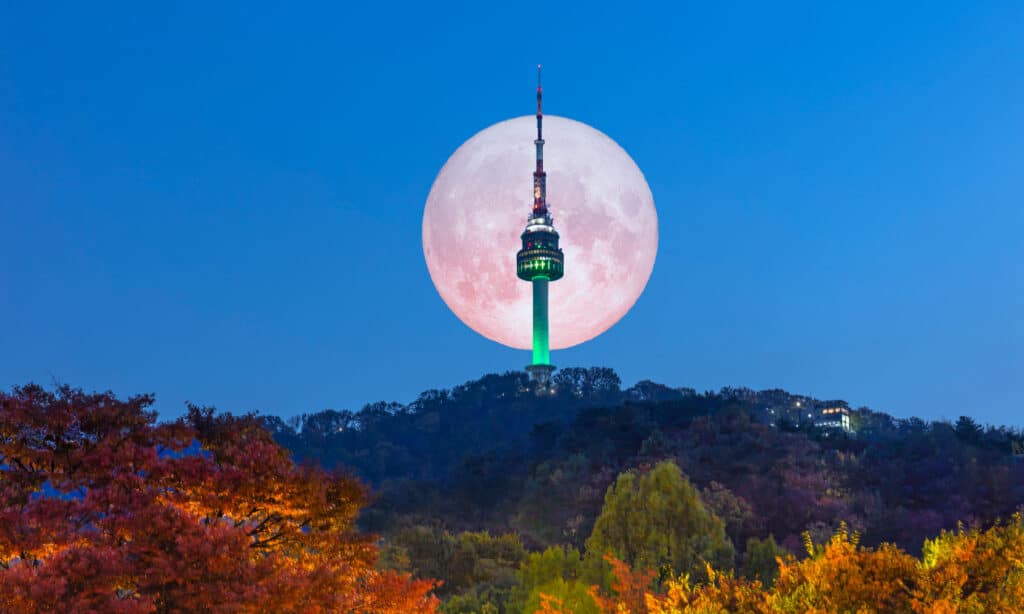
©iStock.com/kamponwarit
Once farmland, the region between South and North Korea (DMZ) has remained untouched since the end of hostilities and has reverted to an almost pristine state to create a refuge for wildlife. In addition to forests, the area includes wetlands and estuaries frequented by migratory birds. Hundreds of bird species enjoy the sanctuary – among them several endangered cranes. Asiatic black bears, lynxes, and other mammals also inhabit the region.
The Official National (State) Animal of South Korea
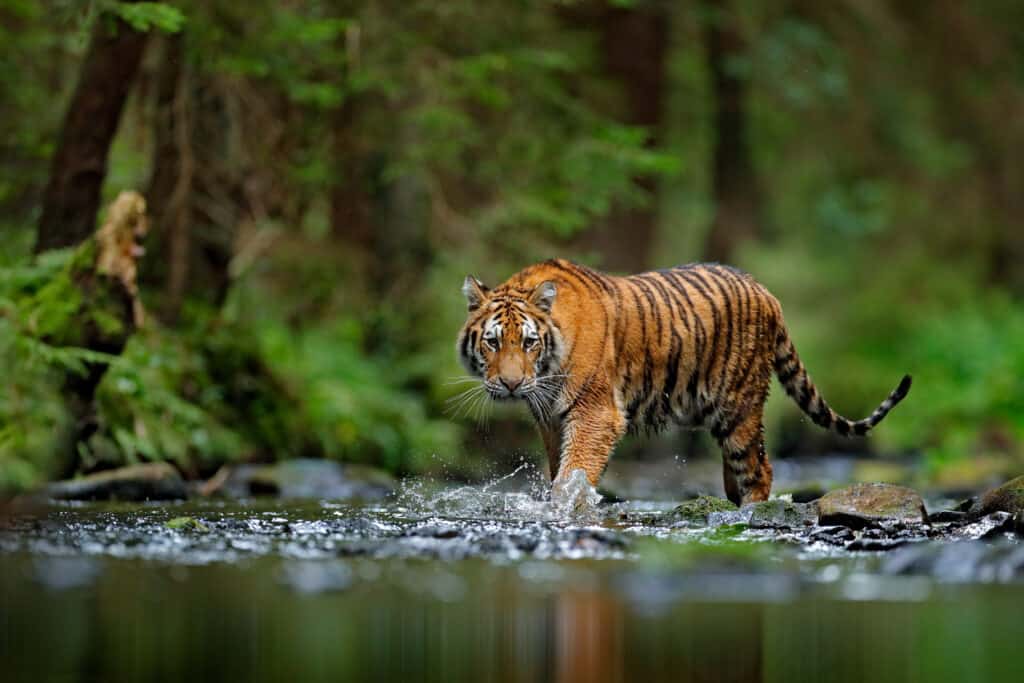
The magnificent Siberian
tiger
is the official national animal of South Korea.
©iStock.com/Ondrej Prosicky
The Siberian tiger is the official national animal of South Korea. An important historical and cultural symbol, the tiger, unfortunately, hasn’t existed in Korea since the early 20th century. The animal, once a very real presence in the mountains and valleys, vanished in the 1940s after being hunted to extinction. The Korean magpie is the national bird of South Korea, which symbolizes luck and good fortune.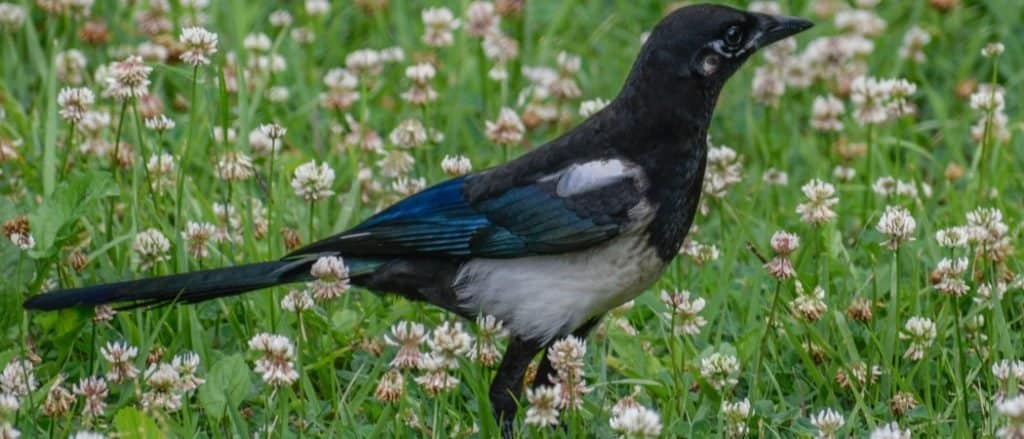
©Robert Ang/Shutterstock.com
In addition, the Korean magpie is the national bird of South Korea. A relative of the crow, the magpie is a symbol of luck and good fortune. It also served a similar mythological purpose as the tooth fairy.
Where to Find the Top Wild Animals in South Korea
South Korea has more than 20 beautiful national parks across the country’s rich biomes. They still contain plenty of undisturbed wild animals for visitors to experience and explore. Here’s just a small list of them. Otters are a popular attraction at several of South Korea’s national parks.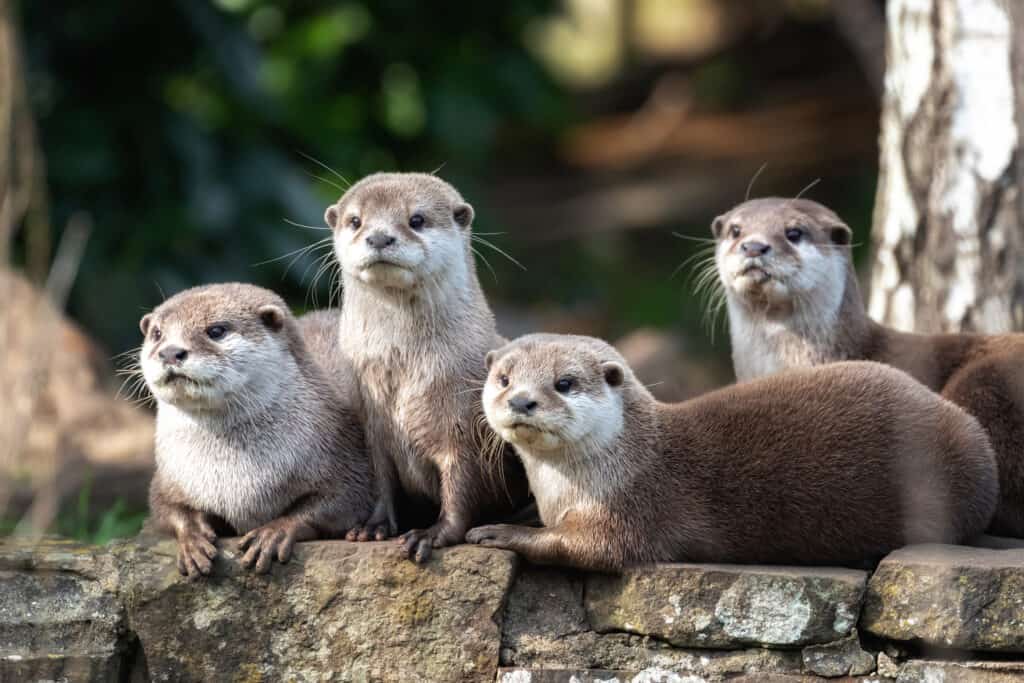
©iStock.com/Rixipix
- The Dadohaehaesang National Park, located in the southwest province of Jeollanam-do, is the largest national park in the entire country. It contains 140 species of birds and 150 marine fish.
- The pristine mountain park of Seoraksan, located in the northeastern province of Gangwon, contains otters, musk deer, flying squirrels, kestrels, and other types of birds.
- Bukhansan is one of the closest national parks to the capital of Seoul. Surrounding its dense forests, ancient temples, and granite peaks, the park offers a sublime spot from which to view boar, deer, woodpeckers, and more.
- The Songnisan National Park, located in the center of the Sobaek Mountains, harbors many interesting species such as the small-eared cat, otter, marten, and mandarin duck.
- Other notable wildlife areas include the Hallasan National Park on Jeju Island, the Jirisan National Park and the Hallyeohaesang National Park in the country’s south, and Juwangsan National Park in North Gyeongsang province.
The Most Dangerous Animals in South Korea Today
South Korea is relatively free of large carnivores that may pose a danger to people. But a few venomous insects and snakes can still be found throughout the country. Japanese pit vipers can deliver a painful toxin that may require hospitalization. ©23frogger/Shutterstock.com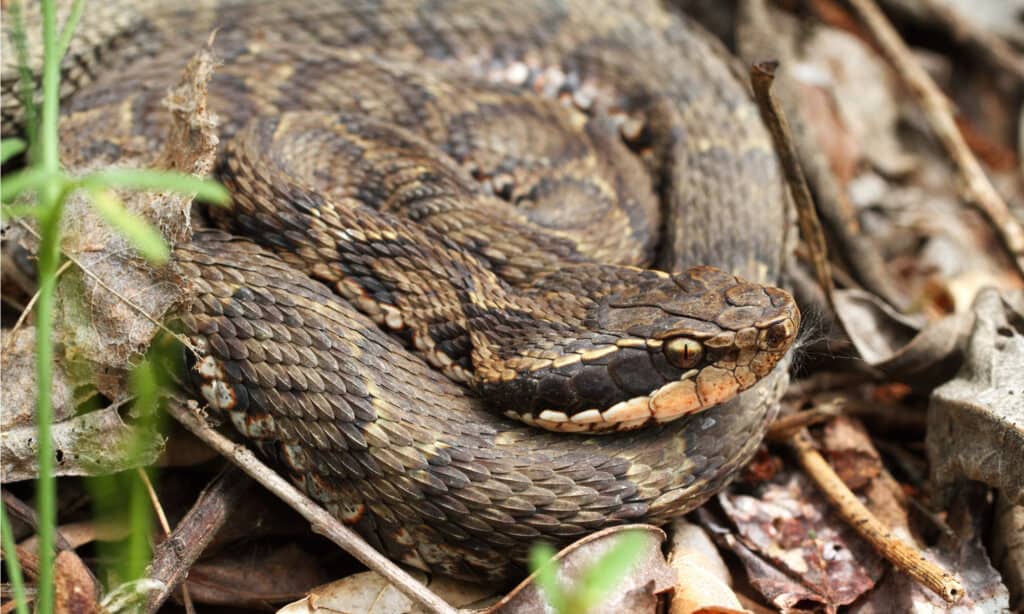
- Asian Giant Hornet – Having gained notoriety worldwide as the “murder hornet,” the Asian giant hornet can deliver a painful neurotoxin. While a single hornet cannot produce these toxins in sufficient quantities to kill a human, multiple stings can be life-threatening to non-allergic people in very rare circumstances. The threat is multiplied in people with allergies. Fortunately, only a handful of people die every year from their stings.
- Japanese Pit Viper – Also known as the mamushi, this snake is native to China, Japan, and Korea. Death is relatively rare, but it can deliver a painful toxin that may require a week of treatment in the hospital.
- Yellow-bellied Sea Snake – Located throughout the entire Indo-Pacific region, the yellow-bellied sea snake has a highly potent toxin that may cause muscle pain, stiffness, vomiting, and drowsiness. In very rare cases, it can lead to paralysis and death. Anyone bitten by this species needs to seek immediate medical attention.
Largest Animal in South Korea
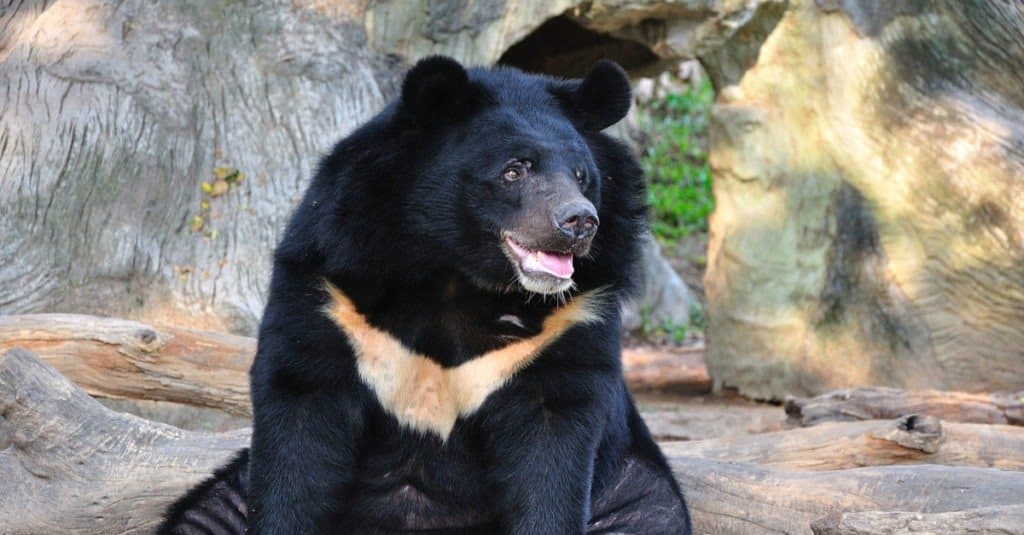
The Asiatic black bear is one of the largest animals in South Korea.
©Tigger11th/Shutterstock.com
The Asiatic black bear, also known as the moon bear, is native to South Korean forested hills and mountains and can be found throughout Asia. This bear has a glossy black coat with a light-colored marking shaped like a crescent moon on its chest. Its long neck and shoulder hair looks like a cropped mane.
This omnivorous bear eats insects, fruit, nuts, bees and honey, small mammals, birds, and carrion. An adult male weighs 100-200 kg (220 – 440 pounds) while females are half that size. Asiatic black bears live as long as 25 years in the wild and up to 39 years in captivity.
Excellent climbers, these bears will climb trees to feed, rest, sun, and elude enemies. Half of their life is spent in trees and they are one of the largest arboreal mammals. The Asiatic black bear is classified as a vulnerable species, due to the loss of habitat from logging and from hunting. The bear’s gallbladder and bile are highly valued for use in traditional Asian medicines.
The Rarest Animal in South Korea
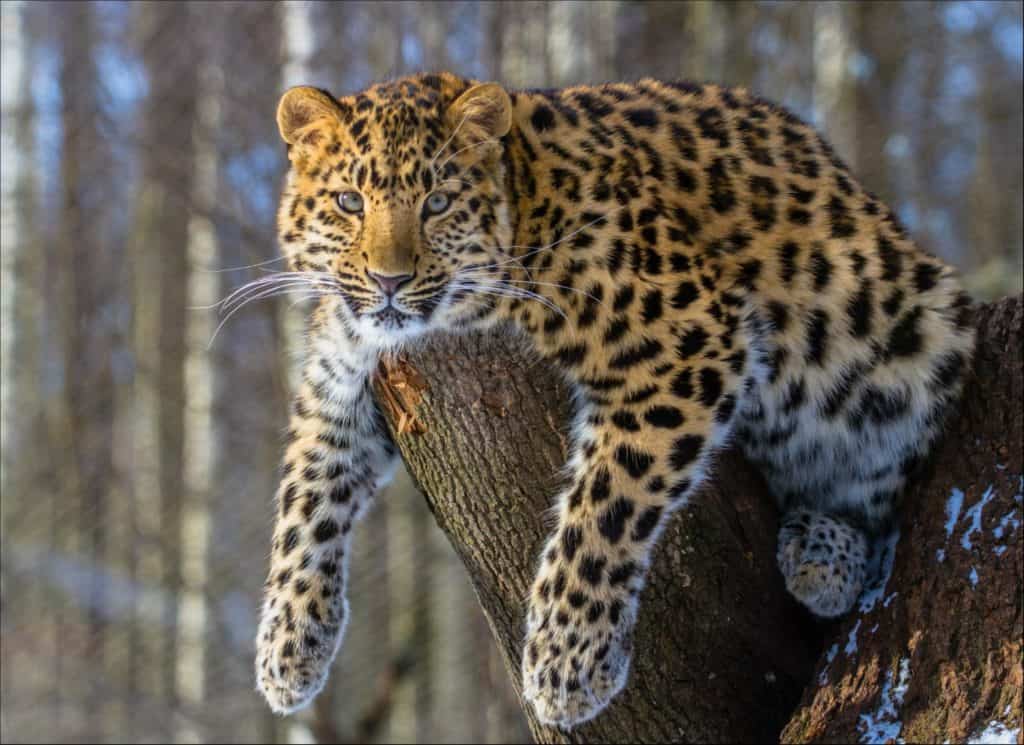
Amur Leopards are an extremely rare sight in South Korea and may even be extinct in the country.
©Dmitri Gomon/Shutterstock.com
The Amur leopard is not only one of the rarest animals in South Korea – it is also the world’s rarest big cat. There are under 100 of these magnificent animals left in the entire world – with the majority in Russia after conservation efforts there have increased.
Strong and nimble-footed, Amur leopards are able to tackle prey up to 10 times their own weight (100 lbs) and carry it high in trees to keep it from other predators. Like other leopards, they can run at speeds of up to 37 mph and leap more than 19 feet horizontally and 10 feet vertically.
Adapted to living in cold, harsh forests, the coats of this leopard are paler than most subspecies – with large, dark, widely spaced rosettes with thick unbroken rings. Amur leopard fur can grow to 7 centimeters in length during the cold winter months.
The beautiful coat of the Amur leopard has led to its critically endangered status, as they have been poached heavily. Loss of habitat and scarcity of food are other factors. The leopard’s prey, roe deer, sika deer, and hare are hunted by local communities for food.
Endangered Animals in South Korea
While South Korea has made strides to protect its wildlife, many of its large carnivores have dwindled or become completely extinct from the country. The red-crowned crane is among the rarest cranes in the world and a symbol of prosperity and peace. ©asharkyu/Shutterstock.com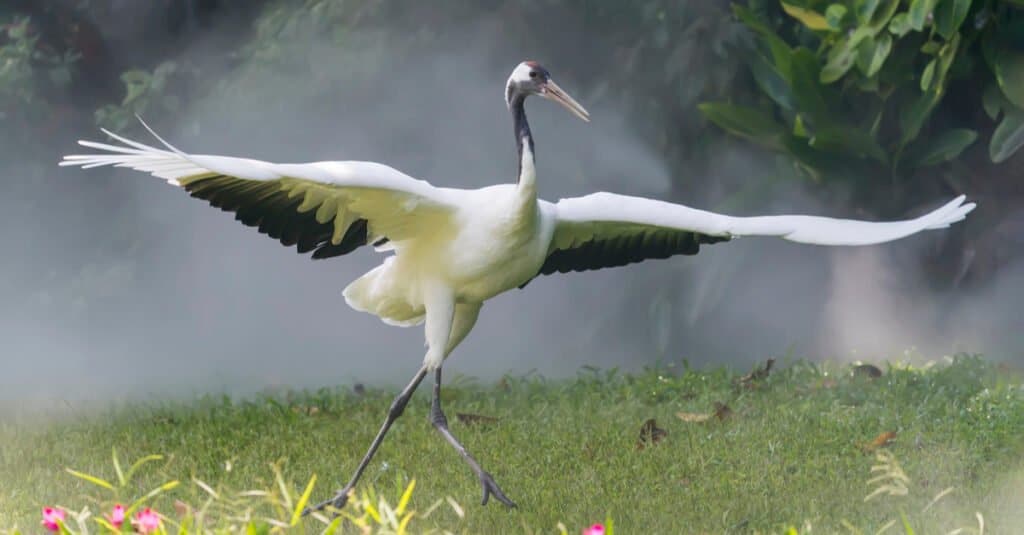
- Korean Fox – This subspecies of the red fox was once native to Korea, Russia, and northeast China. But habitat loss and poaching have caused numbers to decline precipitously from the early 20th century onward. Conservationists are now attempting to reintroduce this species into many parts of its former range.
- Amur Leopard – This endangered subspecies of the leopard is one of the rarest cats on the planet. Since the last Korean leopard was seen in 1970, many people consider it to be locally extinct. A small population of less than a hundred still survives in Russia and China.
- Ussuri Black Bear – A subspecies of the Asian black bear, this animal lives in the broadleaf forests of alpine biomes in the Koreas. Since the numbers of these bears have dwindled from habitat loss and hunting, conservationists have made efforts to reintroduce them back into parts of their former habitat.
- Red-Crowned Crane – Among the rarest cranes in the world, the red-crowned crane migrates from Siberia to Korea and China for the winter. It is considered to be a symbol of prosperity and peace, but now it’s in danger of becoming extinct.
- Siberian Musk Deer – Although still fairly common through many parts of northeastern Asia, the number of Siberian musk deer has fallen significantly in Korea from habitat loss and hunting.
South Korea’s Flag

The flag of South Korea features yin and yang symbols.
©Rob Wilson/Shutterstock.com
South Korea’s flag features a white background, with a round symbol in the center. This symbol, called a Taegeuk, dates back to Chinese Taiji. It is reminiscent of the concept of yin and yang, or polarities. The red and blue colors represent land and sky, respectively. A trigram sits in each of the flag’s four corners. Trigrams come from bagua in Taoist philosophy, and they represent worldly elements working together to achieve balance.
The color white is seen as a traditional color in Korean culture, commonly used in daily clothing in the 19th century. The white background represents purity and peace.
Korean Animals
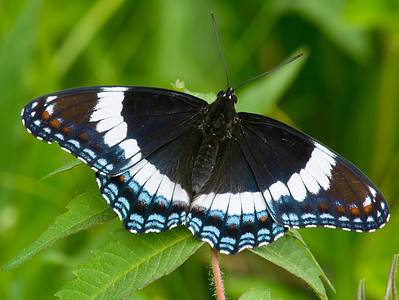
Admiral Butterfly
Stunningly beautiful wings
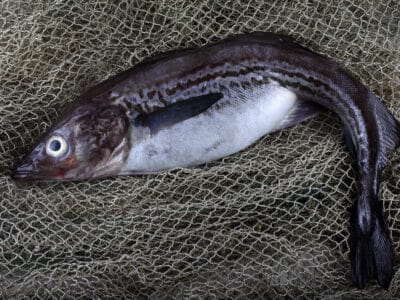
Alaskan Pollock
It's one of the most commonly eaten fish in the world
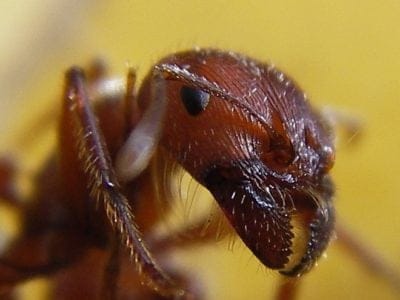
Ant
First evolved 100 million years ago!
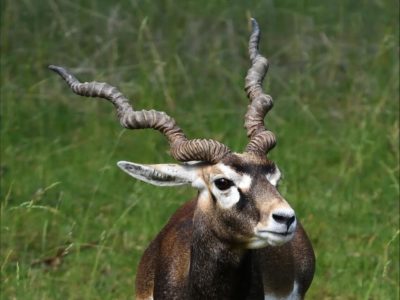
Antelope
Renew their horns every year!
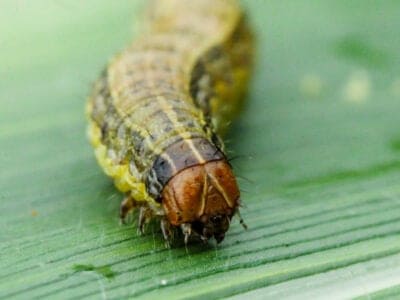
Armyworm
They are so named because they "march" in armies of worms from one crop to another in search of food
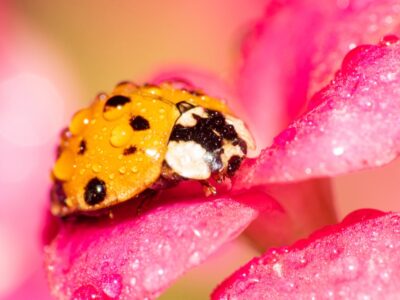
Asian Lady Beetle
Asian lady beetles infest indoor spaces, but they do not reproduce indoors.
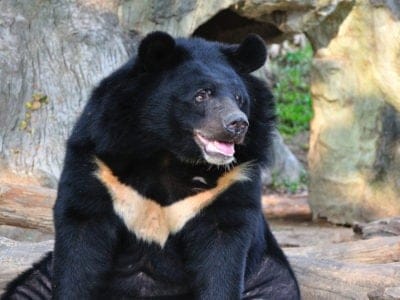
Asiatic Black Bear
Known to eat 160 different tree-borne fruits in Thailand!
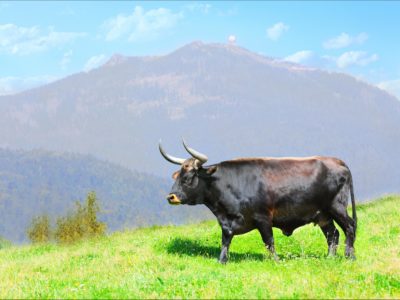
Aurochs
Extinct ancestor of all domesticated cattle!
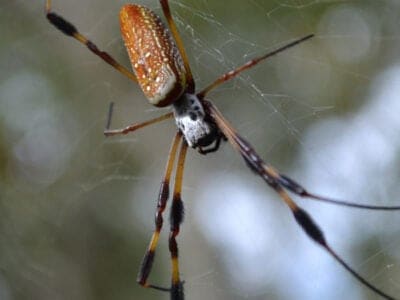
Banana Spider
People spin clothing and fishing nets out of these spiders’ silk.
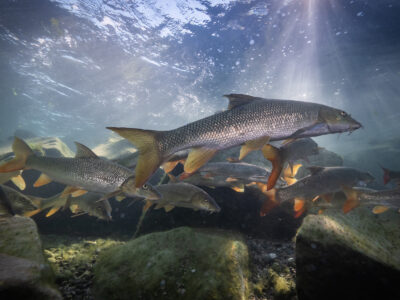
Barb
There are over 1768 known species!
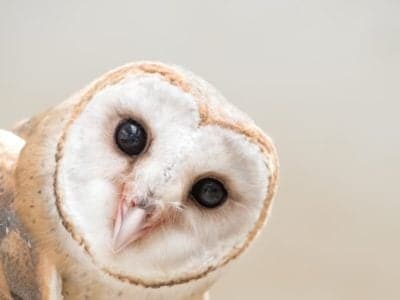
Barn Owl
Found everywhere around the world!
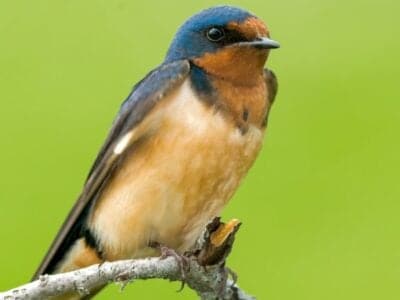
Barn Swallow
Older offspring help care for new hatchlings.
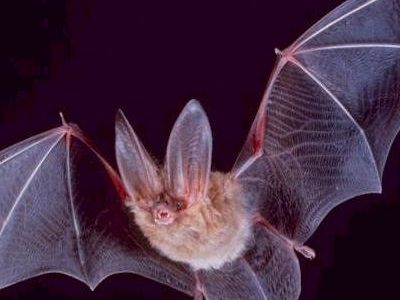
Bat
Detects prey using echolocation!
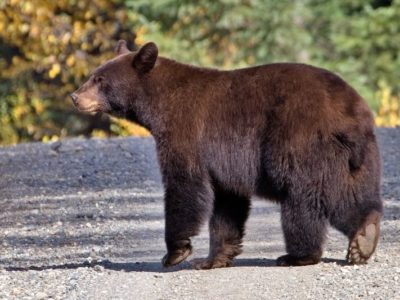
Bear
There are 8 different species!
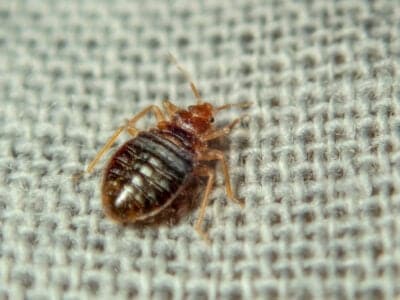
Bed Bugs
Bed bugs feed for 4-12 minutes.
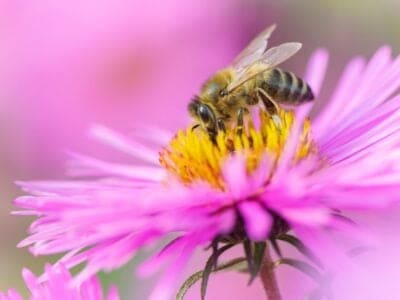
Bee
Rock paintings of bees date back 15,000 years
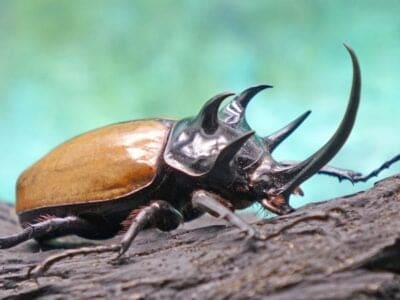
Beetle
There are more than 350,000 different species
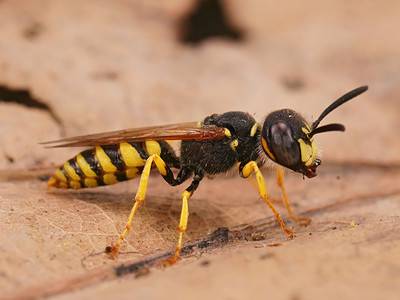
Beewolf wasp
They hunt bees

Bird
Not all birds are able to fly!
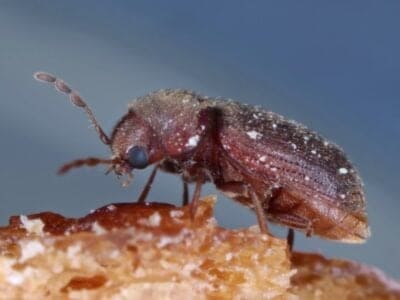
Biscuit Beetle
The biscuit beetle form a symbiotic relationship with yeast
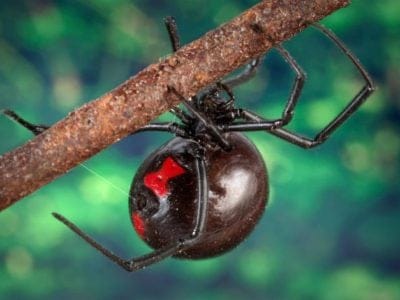
Black Widow Spider
They typically prey on insects!
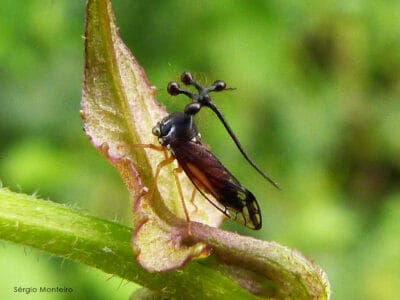
Brazilian Treehopper
“Mild-Mannered Minimonsters”
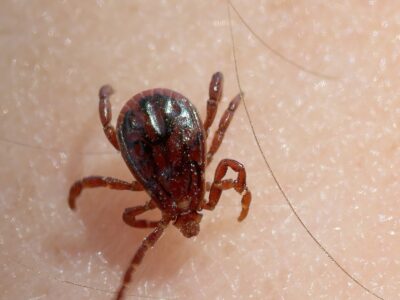
Brown Dog Tick
Can live its entire life indoors
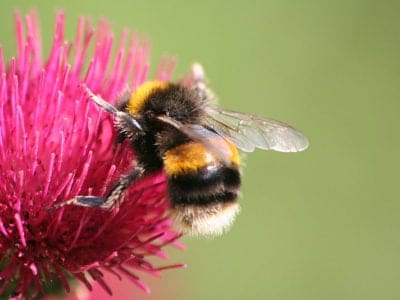
Bumblebee
The most common species of bee!
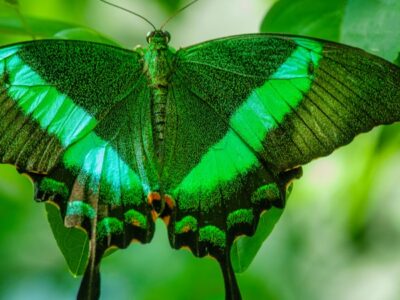
Butterfly
There are thought to be up 17,500 species!
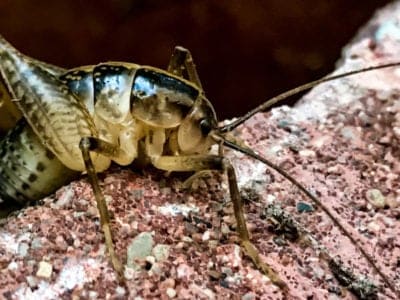
Camel Cricket
The camel crickets that are found in the USA are light brown in color. They also have dark streaks all over their body.
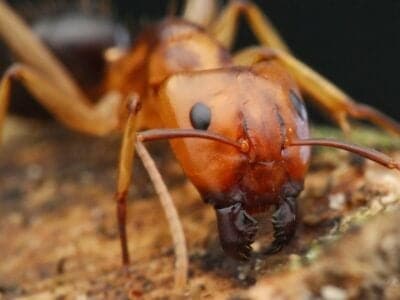
Carpenter Ant
Carpenter ants can lift up to seven times their own weight with their teeth!
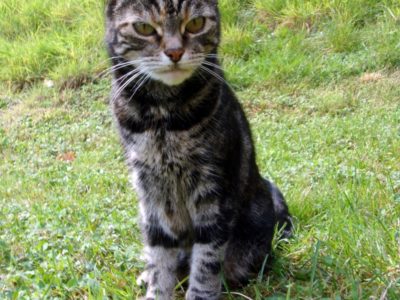
Cat
May have been domesticated up to 10,000 years ago.
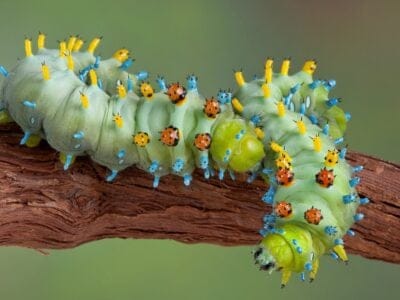
Caterpillar
The larvae of a moth or butterfly!
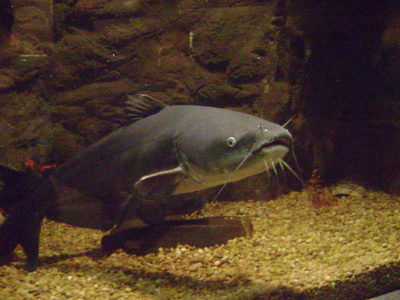
Catfish
There are nearly 3,000 different species!
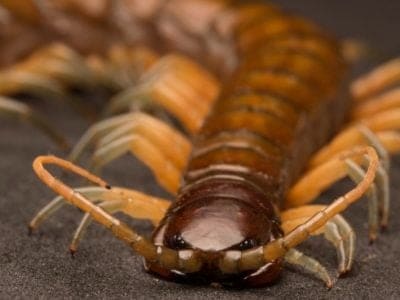
Centipede
There are about 3,000 documented species!
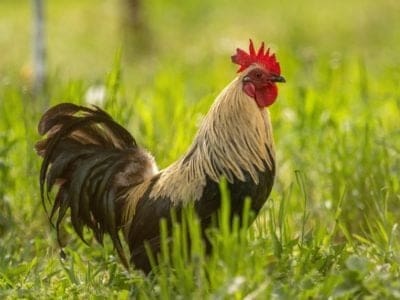
Chicken
First domesticated more than 10,000 years ago!
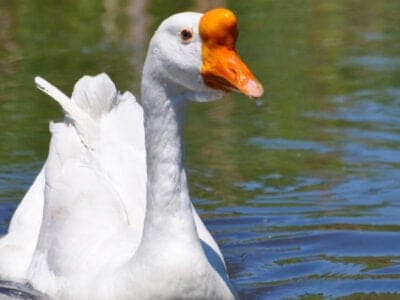
Chinese Geese
They are excellent “guard geese”
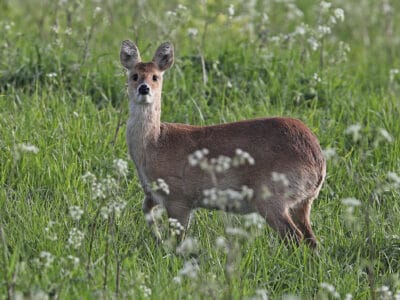
Chinese Water Deer
They usually have 2-3 young at a time but can have up to 7!
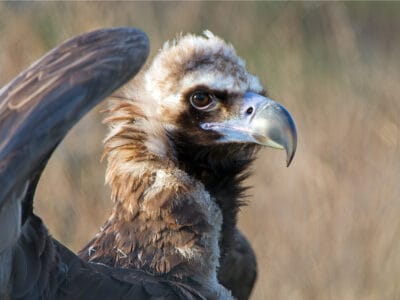
Cinereous Vulture
This vulture can fly at great heights. At least one was found a few thousand feet from the top of Mount Everest.
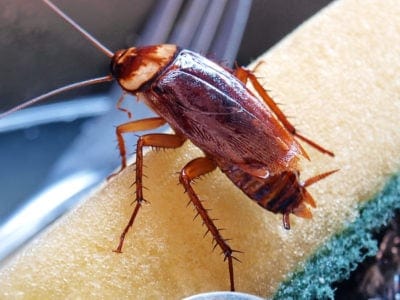
Cockroach
Dated to be around 300 million years old!
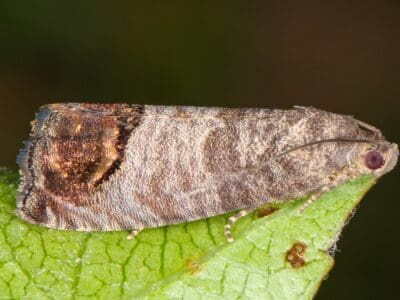
Codling Moth
Pupae are able to undergo diapause to survive poor fruit yield years and winter.
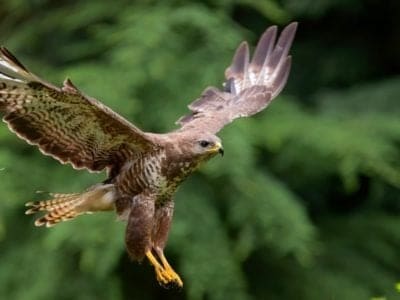
Common Buzzard
The most common raptor in the UK!
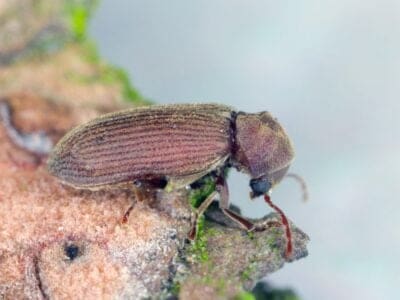
Common Furniture Beetle
The common furniture beetle feeds exclusively on wood
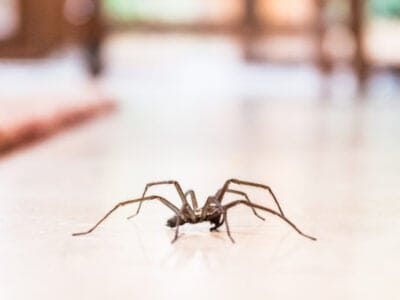
Common House Spider
House spiders have the ability to eat most insects in a home.
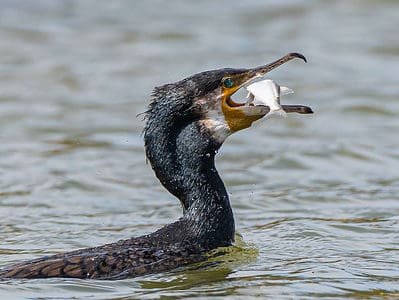
Cormorant
They can fly 35 mph and dive 150 feet below water.
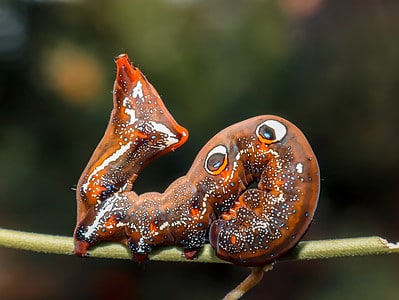
Cosmic Caterpillar
Cosmic caterpillars have spots on their back that look like eyes to scare off predators.
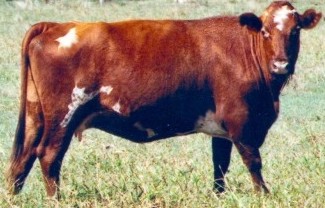
Cow
There are nearly 1.5 billion worldwide!

Crab
There are 93 different crab groups
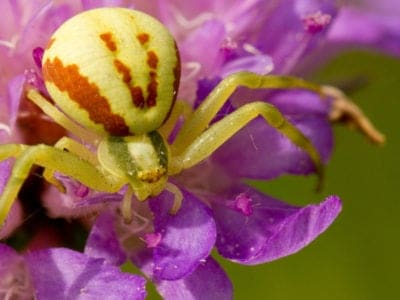
Crab Spider
Crab Spiders can mimic ants or bird droppings
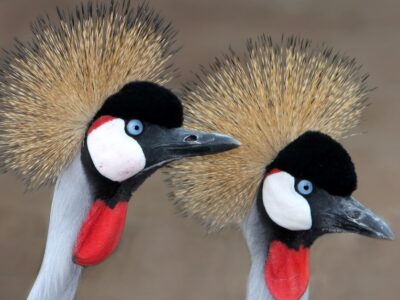
Crane
Many are critically endangered species!
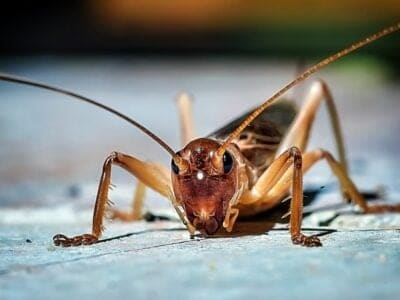
Cricket
Male crickets can produce sounds by rubbing their wings together
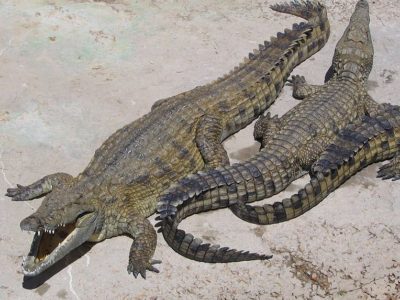
Crocodile
Have changed little in 200 million years!
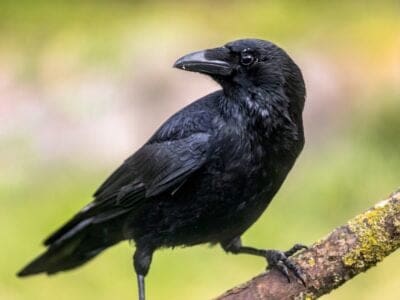
Crow
A group of these birds is called a Murder.
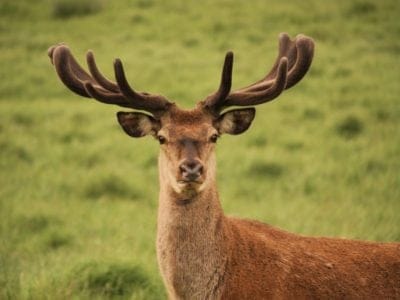
Deer
There are around 40 different species!
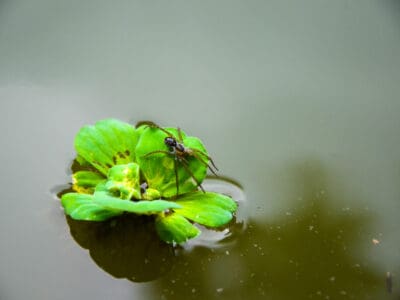
Diving Bell Spider (Water Spider)
Diving bell spiders can breathe underwater using an air bubble on their abdomen
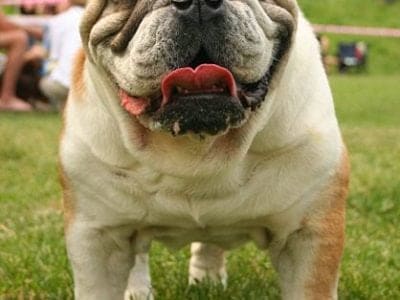
Dog
First domesticated in South-East Asia!
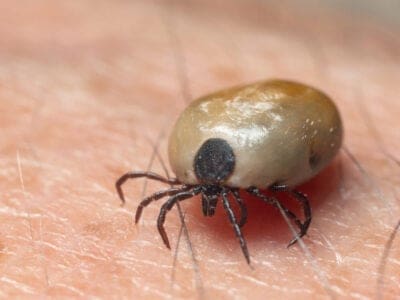
Dog Tick
Dog ticks feed on dogs and other mammals
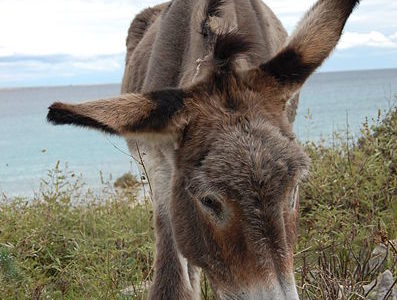
Donkey
First domesticated 5,000 years ago!
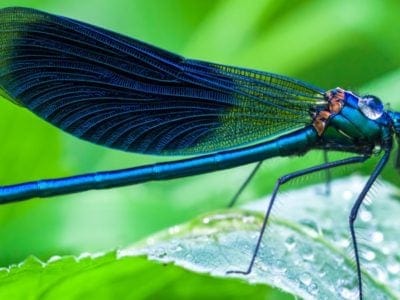
Dragonfly
It's larvae are carnivorous!
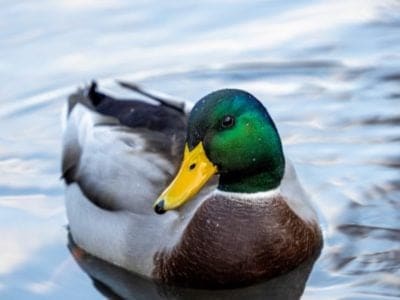
Duck
Rows of tiny plates line their teeth!
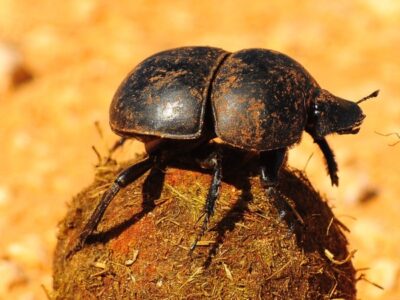
Dung Beetle
The dung beetle can push objects many times its own weight
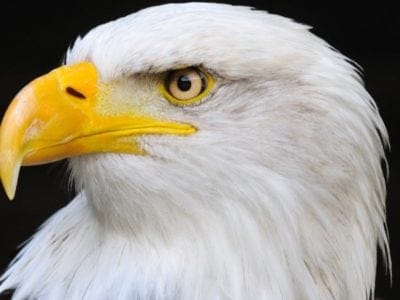
Eagle
Has exceptional eyesight!
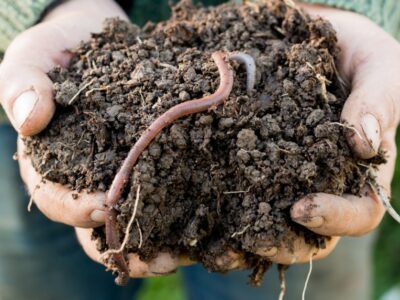
Earthworm
They are hermaphrodites, which means they have male and female organs
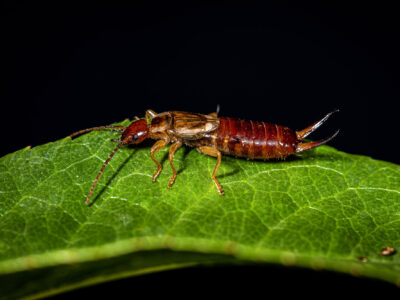
Earwig
There are nearly 2,000 different species!

Eel
Eels can be a mere few inches long to 13 feet!
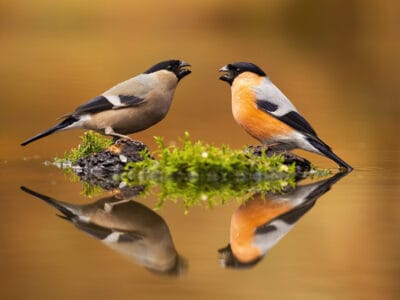
Eurasian Bullfinch
The shy eurasian bullfinch prefers to forage very close to cover.
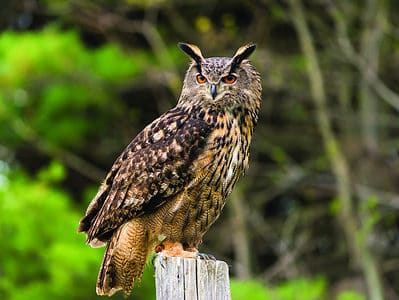
Eurasian Eagle-owl
The Eurasian Eagle-owl is the second largest owl in the world with a wingspan up to six feet!
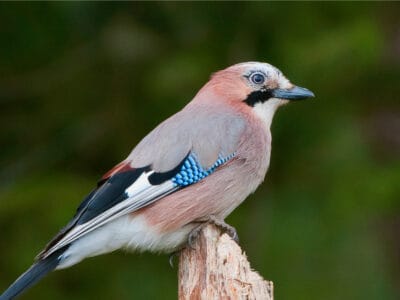
Eurasian Jay
The Eurasian jay has the ability to mimic other sounds
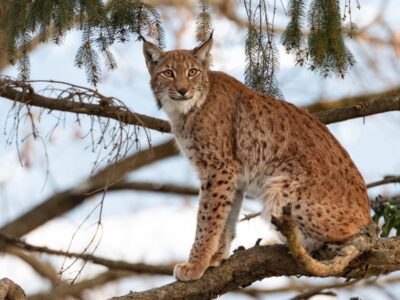
Eurasian Lynx
Eurasian lynxes can survive extreme weather up to elevations of 18,000 feet
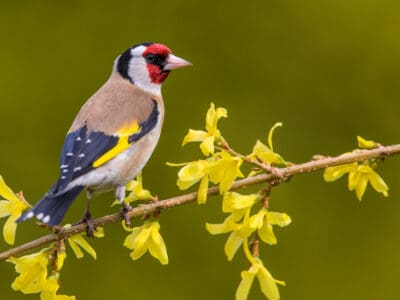
European Goldfinch
They are frequent visitors to backyard feeders, especially those containing niger seeds.
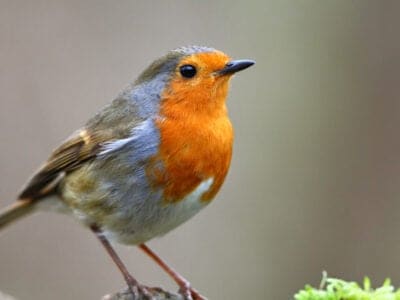
European Robin
Male robins are so aggressive and territorial that they will attack their own reflections.
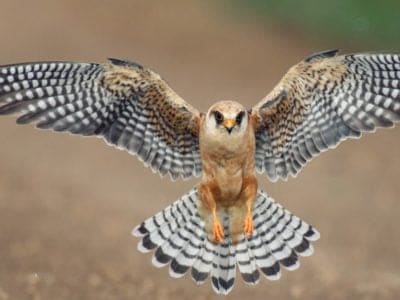
Falcon
The fastest creatures on the planet!
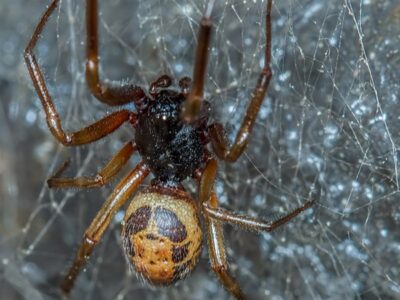
False Widow Spider
False spiders actually prey on black widow spiders and other hazardous spiders

Fiddler Crab
The fiddler crab gets its name from the motion the males make with their over-sized claw during the mating ritual.
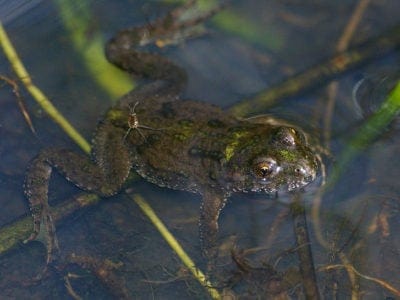
Fire-Bellied Toad
Found across mainland Europe and Asia!
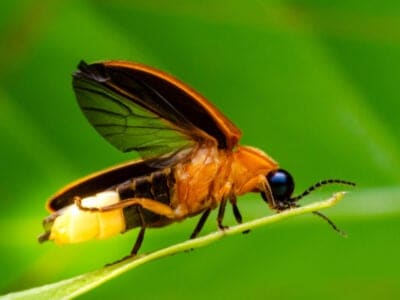
Firefly
The firefly produces some of the most efficient light in the world

Flea
Adult fleas can jump up to 7 inches in the air

Fly
There are more than 240,000 different species!
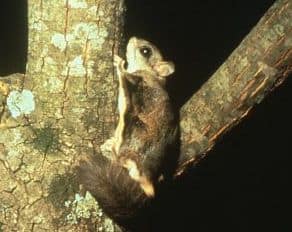
Flying Squirrel
Can glide up to 90 meters!
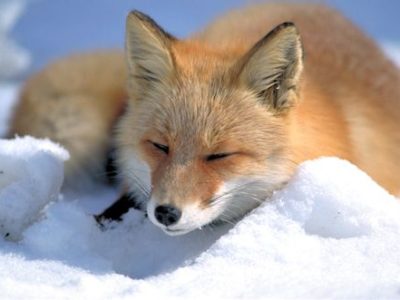
Fox
Only 12 species are considered "true foxes"
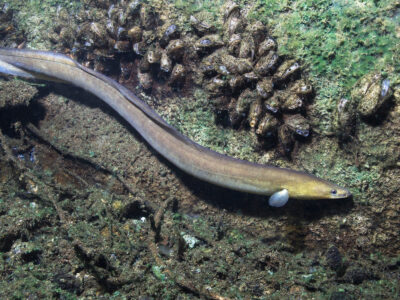
Freshwater Eel
Freshwater eels are actually catadromous, meaning they migrate to saltwater to spawn
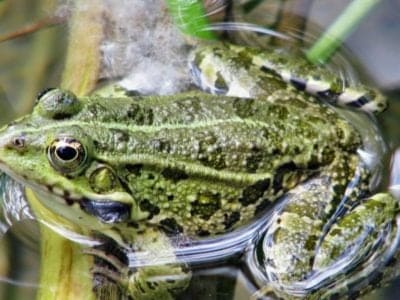
Frog
There are around 7,000 different species!
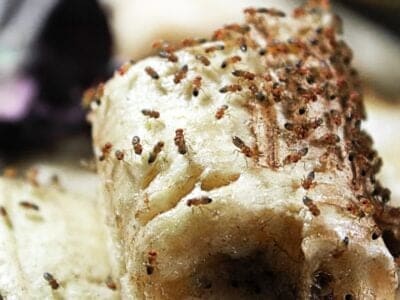
Fruit Fly
Fruit flies are among the most common research animals in the world
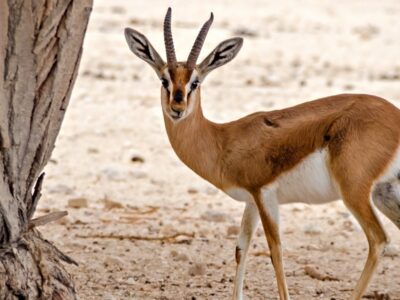
Gazelle
Named for the Arabic word for love poems
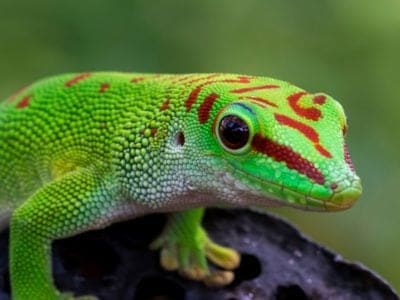
Gecko
There are thought to be over 2,000 species!
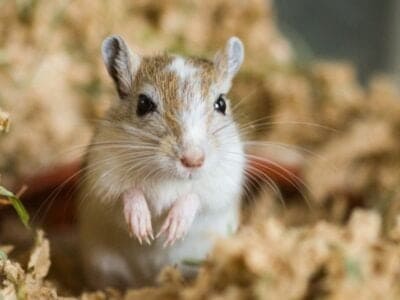
Gerbil
Originally known as the Desert Rat!
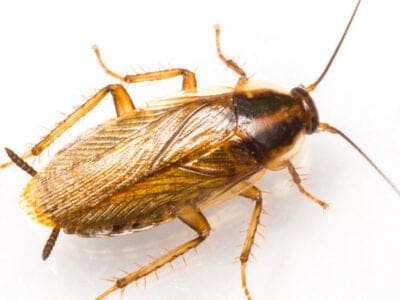
German Cockroach
The most common type of urban roach
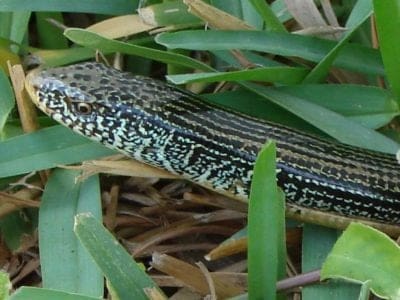
Glass Lizard
Can grow up to 4ft long!
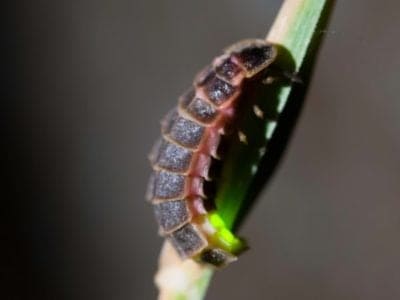
Glowworm
Found inhabiting dense woodland and caves!
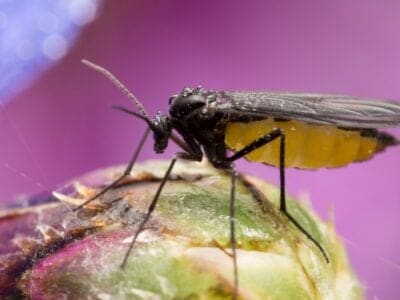
Gnat
Males form large mating swarms at dusk
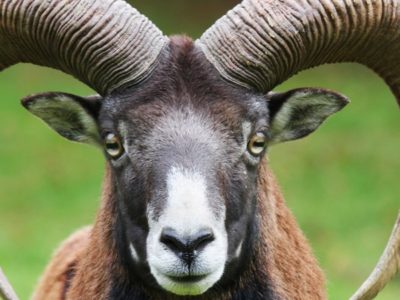
Goat
Most closely related to the Sheep!
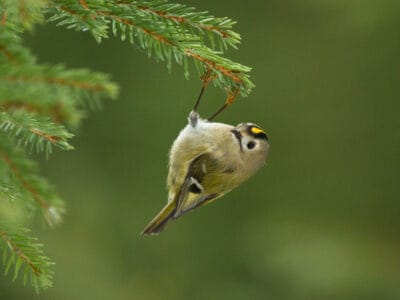
Goldcrest
The goldcrest never starts moving and needs to consume for most of the day to survive. Therefore, in the colder months, it's best that eat 90% a day.
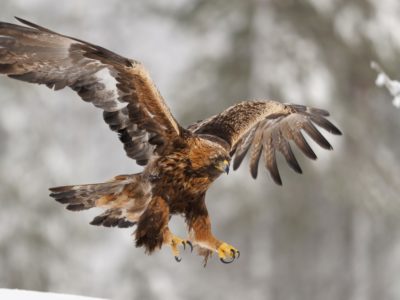
Golden Eagle
Their calls sound like high-pitched screams, but they are quiet most of the time.
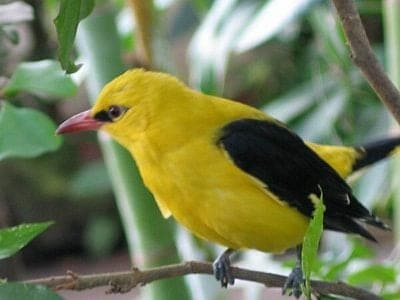
Golden Oriole
Migrates between Europe and Asia!
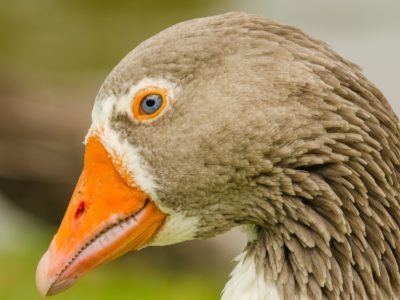
Goose
There are 29 different species!
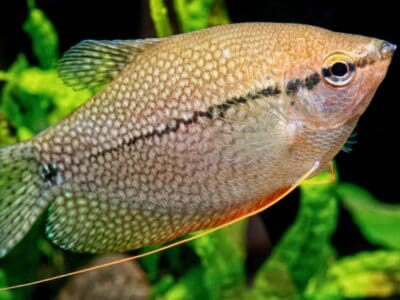
Gourami
Gourami fishes show parental care for their young
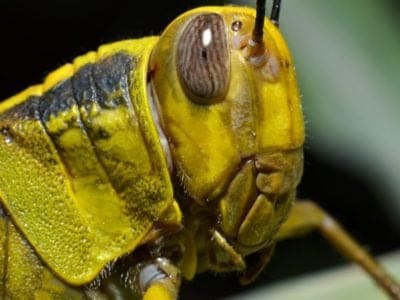
Grasshopper
There are 11,000 known species!
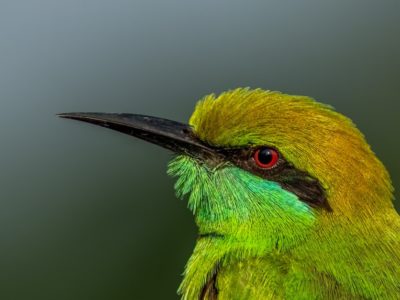
Green Bee-Eater
Mainly eats honeybees!
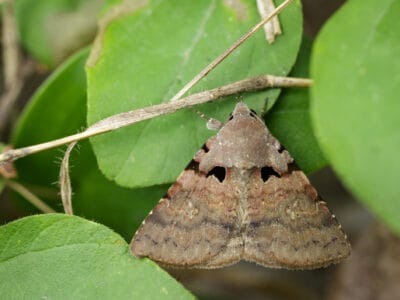
Gypsy Moth
One of the most invasive species in the world
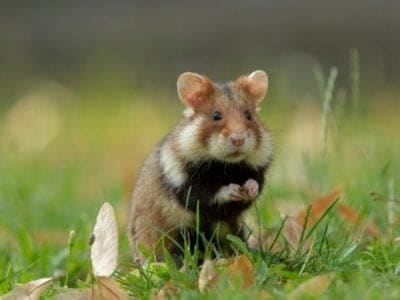
Hamster
Able to run as quickly backwards as forwards!
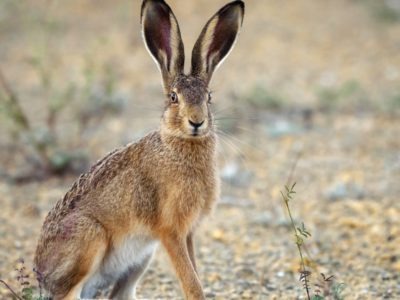
Hare
Can reach speeds of over 50 mph!
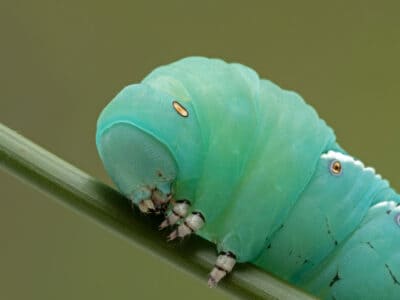
Hawk Moth Caterpillar
Many hawk moth caterpillars eat toxins from plants, but don’t sequester them the way milkweed butterflies do. Most toxins are excreted.
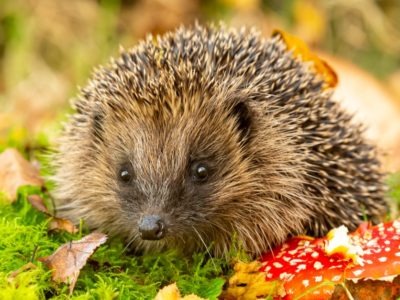
Hedgehog
Thought to be one of the oldest mammals on Earth!
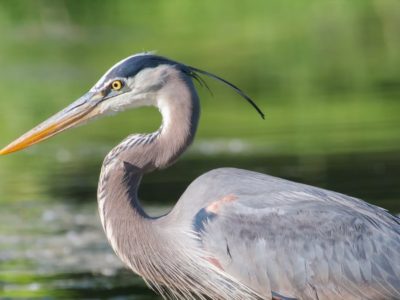
Heron
Inhabits wetlands around the world!
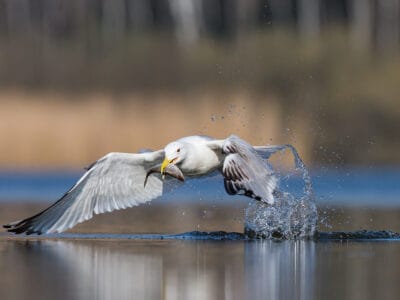
Herring Gull
They are loud, spirited birds with raucous cries that sound like bursts of laughter.
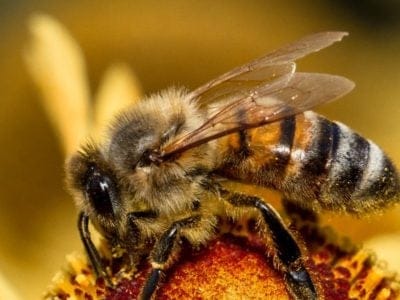
Honey Bee
There are only 8 recognized species!
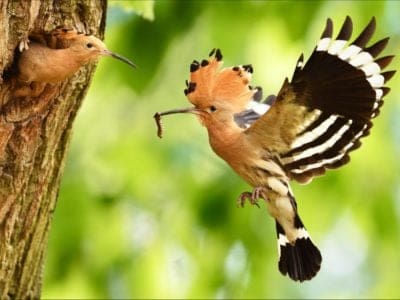
Hoopoe
Stunning bird with a stinky way to deter predators!
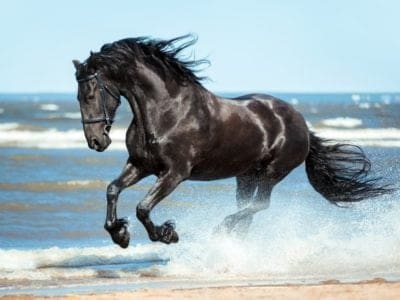
Horse
Has evolved over 50 million years!
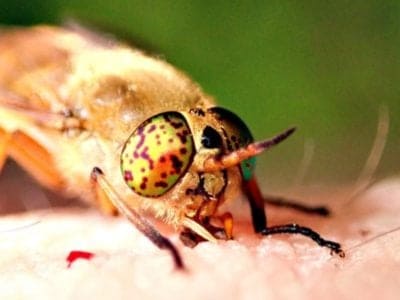
Horsefly
Horseflies have been seen performing Immelmann turns, much like fighter jets.
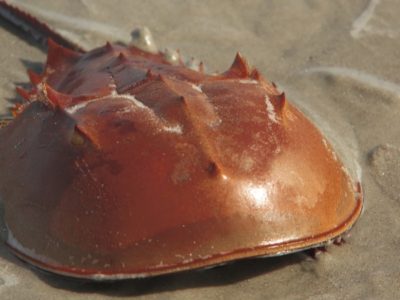
Horseshoe Crab
Changed little in over 500 million years!
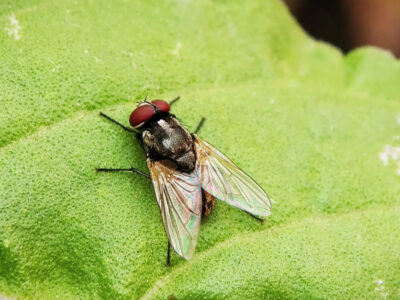
Housefly
The fly has no teeth
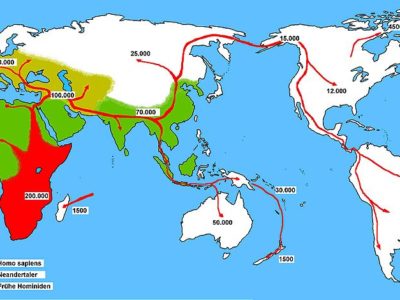
Human
Thought to have orignated 200,000 years ago!
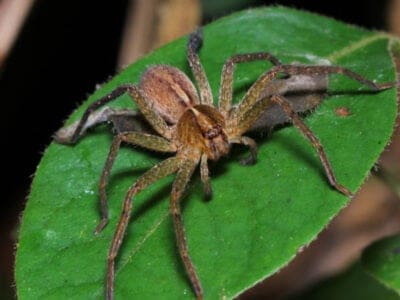
Huntsman Spider
Some huntsman spiders have an interesting way of moving around. Some cartwheel while others do handsprings or backflips.
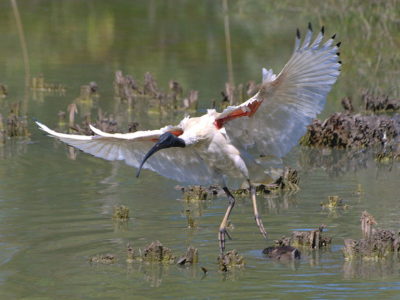
Ibis
Found in swamps, marshes and wetlands!

Insects
There are an estimated 30 million species!

Jackdaw
The jackdaw tends to mate for life with a single partner
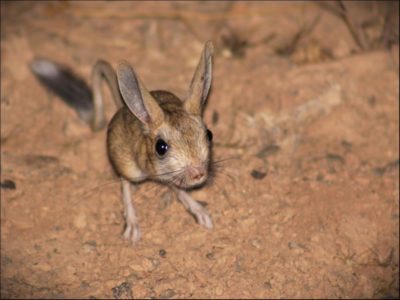
Jerboa
Tiny rodent with a kangaroo-like jump!
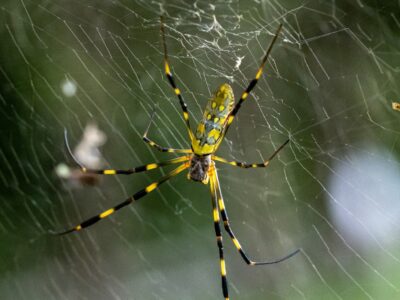
Joro Spider
Shares its name with a Japanese "spider demon"!

Jumping Spider
Some can jump 50 times the length of their bodies

Keelback
The checkered keelback of the east Indies can detach its tail and grow it back, much like a lizard.

Kingfisher
Inhabits wetlands and woodlands worldwide!

Korean Jindo
At the 1988 Olympics in Seoul, Jindos marched in the opening ceremonies.

Ladybug
There are more than 5,000 species worldwide!

Leech
Has 10 pairs of eyes!

Leopard Cat
There are 11 different species!

Liger
The offspring of a lion and tiger parents!

Lizard
There are around 5,000 different species!

Locust
Each locust can eat its weight in plants each day.

Long-Eared Owl
Ear tufts make it look bigger!

Long-Tailed Tit
Often hangs upside down while feeding!

Magpie
They are found across Europe, Asia and Africa!

Mallard
With an appropriate tail wind, the mallard can travel hundreds of miles a day

Masked Palm Civet
Found throughout Asia, India and China!

Mayfly
There are 2,500 known species worldwide!

Mealybug
They have a symbiotic relationship with ants.

Merganser
They line their nests with their feathers

Millipede
Some species have a poisonous bite!

Mole
Primarily hunts and feeds on Earthworms!

Mole Cricket
Adult Mole crickets may fly as far as 5 miles during mating season and are active most of the year.

Mongoose
Range in size from just 1 to 3 foot!

Mongrel
Has characteristics of two or more breeds!

Monitor Lizard
Some species are thought to carry a weak venom!

Monkey
There are around 260 known species!

Moorhen
Feeds on aquatic insects and water-spiders!

Mosquito
Only the female mosquito actually sucks blood

Moth
There are 250,000 different species!

Mouse
Found on every continent on Earth!

Mule
The offspring of a horse and donkey parents!

Neanderthal
Roamed Asia and Europe for around 100,000 years!

Nematode
Nematodes range in size from 1/10 of an inch to 28 feet long

Newt
Able to regrow lost or damaged limbs!

Nightingale
Named more than 1,000 years ago!

No See Ums
There are more than 5,000 species.

Orb Weaver
Females are about four times the size of males

Osprey
They reuse nesting sites for 70 years!

Otter
There are 13 different species worldwide

Owl
The owl can rotate its head some 270 degrees

Parrot
Can live for up to 100 years!

Peacock Butterfly
The eyespots on this butterfly’s wings deter predators from attacking.

Peppered Moth
Teachers in schools often use the evolution of the peppered moth as a good example of Darwin’s theory of natural selection.

Peregrine Falcon
Fastest animal on Earth

Pheasant
Females lay between 8 and 12 eggs per clutch!

Pig
Thought to have been domesticated in 9,000 BC!

Pigeon
They can find their way back to their nests from up to 1300 miles away.

Pika
Found in mountainous regions and rocky areas

Pit Viper
Pit vipers's fangs fold up into their mouths when they don't need them.

Pompano Fish
They are bottom-feeders

Pond Skater
There are 500 different species!

Porcupine
There are 30 different species worldwide!

Quail
Inhabits woodland and forest areas worldwide!

Rabbit
There are more than 300 different species!

Rat
Omnivores that eat anything!

Rat Snakes
Rat snakes are constrictors from the Colubridae family of snakes.

Rhinoceros
It's horns are made from keratin!

River Turtle
Inhabits freshwater habitats around the world!

Robin
There are more than 45 species in Australia alone!

Rodents
The capybara, the world’s largest rodent, likes to be in and around bodies of water. Because of this, the Catholic Church in South America decided that it was a fish, and people were allowed to eat it during Lent and First Fridays.

Rooster
Will mate with the entire flock!

Rough-Legged Hawk (Rough-Legged Buzzard)
Its scientific name, lagopus, is Ancient Greek for “hare” and “foot,” referring to its feathered feet and toes.

Sable
Their fur has been considered a luxury item since the Middle Ages

Sable Ferret
Ferrets were used during the Revolutionary War to keep down the rat population.

Salamander
There are more than 700 different species!

Sambar
Male sambars will compete for mates by clashing together with their antlers

Sand Crab
The sand crab burrows beneath the sand with its tail

Sapsali
Natives know this breed as the "ghost hunter" because they believe these dogs can ward off evil spirits.

Scorpion
There are around 2,000 known species!

Sea Eagle
The sea eagle tends to mate for life with a single partner

Seahorse
Males give birth to up to 1,000 offspring!

Sheep
Around 35 million in the English countryside!

Short-Eared Owl
The short-eared owl is one of the most widespread owl species in the world, covering five continents.

Shrew
The spinal column of the shrew Scutisorex somereni is so strong and reinforced that it can support the weight of an adult human.

Shrimp
There are 2,000 different species worldwide!

Skink Lizard
Some skinks lay eggs in some habitats while giving birth to skinklets in other habitats.

Slow Worm
Found widely throughout British gardens!

Slug
They glide around on one foot, which is aided by the slime they produce

Smokybrown Cockroach
Has up to 45 eggs per egg case

Snail
There are nearly 1,000 different species!

Snake
There are around 4,000 known species worldwide

Sparrow
There are 140 different species!

Spider Wasp
They prey on spiders to feed their larvae or they parasitize other spider wasps.

Squirrel
Small rodents found in woodlands worldwide!

Stick Insect
There are more than 3,000 different species!

Stoat
Average adults weigh about 200 grams!

Swan
Populations have been affected by pollution!

Tarantula Hawk
Tarantula hawks are excellent pollinators, especially for milkweed.

Termite
Their mounds can be up to 9 meters tall!

Thrush
The American robin is called the robin because its red breast reminded European settlers of the robin back in the old country.

Tick
They inject hosts with a chemical that stops them from feeling the pain of the bite

Tiger
The largest feline in the world!

Tiger Beetle
The adult tiger beetle is one of the fastest land insects in the world

Tortoise
Can live until they are more than 150 years old!

Tree Cricket
They make music with their wings

Tree Frog
Found in warmer jungles and forests!

Turtles
Some species of aquatic turtles can get up to 70 percent of their oxygen through their butt.

Ural owl
The Ural owl can rotate its head up to 270 degrees

Vinegaroon
Vinegaroons can spray 19 times before the glands are depleted

Viper
Vipers are one of the most widespread groups of snakes and inhabit most

Vulture
There are 30 different species worldwide!

Wasp
There are around 75,000 recognised species!

Water Buffalo
Has been domesticated for thousands of years!

Water Dragon
Spends most of it's time in the trees!

Weasel
The smallest carnivorous mammal in the world!

White Ferret / Albino Ferrets
There are two different types of white ferrets!

White Tiger
None have been seen in the wild for 50 years!

Wild Boar
Males have a top tusk to sharpen the bottom one!

Wolf
Thought to date back more than 300,000 years!

Wolf Spider
Carnivorous arachnid that hunts its prey.

Woodlouse
This animal can roll up into a ball

Woodlouse Spider
Unlike most spiders, woodlouse spiders don’t build a web.

Woodpecker
There are 200 different species!

Worm
Doesn’t have eyes.

Wryneck
They feign death by making their bodies limp and closing their eyes.

Zebu
There are around 75 different species!
Korean Animals List
- Admiral Butterfly
- Alaskan Pollock
- Ant
- Antelope
- Armyworm
- Asian Lady Beetle
- Asiatic Black Bear
- Aurochs
- Banana Spider
- Barb
- Barn Owl
- Barn Swallow
- Bat
- Bear
- Bed Bugs
- Bee
- Beetle
- Beewolf wasp
- Bird
- Biscuit Beetle
- Black Widow Spider
- Brazilian Treehopper
- Brown Dog Tick
- Bumblebee
- Butterfly
- Camel Cricket
- Carpenter Ant
- Cat
- Caterpillar
- Catfish
- Centipede
- Ceratopsian
- Chicken
- Chinese Geese
- Chinese Water Deer
- Cinereous Vulture
- Cockroach
- Codling Moth
- Common Buzzard
- Common Furniture Beetle
- Common House Spider
- Cormorant
- Cosmic Caterpillar
- Cow
- Crab
- Crab Spider
- Crane
- Cricket
- Crocodile
- Crow
- Cuckoo
- Deer
- Diving Bell Spider (Water Spider)
- Dog
- Dog Tick
- Donkey
- Dormouse
- Dragonfly
- Duck
- Dung Beetle
- Eagle
- Earthworm
- Earwig
- Eel
- Eurasian Bullfinch
- Eurasian Eagle-owl
- Eurasian Jay
- Eurasian Lynx
- European Goldfinch
- European Robin
- Falcon
- False Widow Spider
- Fiddler Crab
- Fire-Bellied Toad
- Firefly
- Flea
- Fly
- Flying Squirrel
- Fox
- Freshwater Eel
- Frog
- Fruit Fly
- Gazelle
- Gecko
- Gerbil
- German Cockroach
- Glass Lizard
- Glowworm
- Gnat
- Goat
- Goldcrest
- Golden Eagle
- Golden Oriole
- Goose
- Gourami
- Grasshopper
- Green Bee-Eater
- Gypsy Moth
- Hamster
- Hare
- Hawk Moth Caterpillar
- Hedgehog
- Heron
- Herring Gull
- Honey Bee
- Hoopoe
- Horse
- Horsefly
- Horseshoe Crab
- Housefly
- Human
- Huntsman Spider
- Ibis
- Insects
- Jackdaw
- Jerboa
- Joro Spider
- Jumping Spider
- Keelback
- Kingfisher
- Korean Jindo
- Ladybug
- Leech
- Leopard Cat
- Liger
- Lizard
- Locust
- Long-Eared Owl
- Long-Tailed Tit
- Magpie
- Mallard
- Masked Palm Civet
- Mayfly
- Mealybug
- Merganser
- Millipede
- Mole
- Mole Cricket
- Mongoose
- Mongrel
- Monitor Lizard
- Monkey
- Moorhen
- Mosquito
- Moth
- Mouse
- Mule
- Neanderthal
- Nematode
- Newt
- Nightingale
- No See Ums
- Orb Weaver
- Osprey
- Otter
- Owl
- Ox
- Parrot
- Peacock Butterfly
- Peppered Moth
- Peregrine Falcon
- Pheasant
- Pig
- Pigeon
- Pika
- Pit Viper
- Pompano Fish
- Pond Skater
- Porcupine
- Quail
- Rabbit
- Rat
- Rat Snakes
- Rhinoceros
- River Turtle
- Robin
- Rodents
- Rooster
- Rough-Legged Hawk (Rough-Legged Buzzard)
- Sable
- Sable Ferret
- Salamander
- Sambar
- Sand Crab
- Sapsali
- Scorpion
- Sea Eagle
- Seahorse
- Sheep
- Short-Eared Owl
- Shrew
- Shrimp
- Skink Lizard
- Slow Worm
- Slug
- Smokybrown Cockroach
- Snail
- Snake
- Sparrow
- Spider Wasp
- Squirrel
- Stick Insect
- Stoat
- Swallowtail Butterfly
- Swan
- Tarantula Hawk
- Termite
- Thrush
- Tick
- Tiger
- Tiger Beetle
- Tortoise
- Tree Cricket
- Tree Frog
- Turtles
- Ural owl
- Vinegaroon
- Viper
- Vulture
- Wasp
- Water Buffalo
- Water Dragon
- Weasel
- White Ferret / Albino Ferrets
- White Tiger
- Wild Boar
- Wolf
- Wolf Spider
- Woodlouse
- Woodlouse Spider
- Woodpecker
- Worm
- Wryneck
- Zebu
Animals in South Korea FAQs (Frequently Asked Questions)
What animals live in South Korea?
South Korea is home to many types of wild deer, weasels, seals, bats, rodents, snakes, insects, freshwater fish, and marine animals. Dolphins and whales are particularly common off the coast of South Korea.
What animal is South Korea famous for?
The magpie, Asian hornet, and black bear are perhaps some of the best known species that still inhabits the country. While the Siberian tiger is sometimes associated with South Korea, this endangered species is no longer found in the country.
Are there any dangerous animals in South Korea?
South Korea has several dangerous and venomous species that may cause several deaths every year.
Are there tigers in South Korea?
South Korea was once home to the Siberian tiger as recently as the early 20th century. But the combined effect of habitat loss and hunting has almost eradicated the tiger from the entire peninsula.
Are there monkeys in South Korea?
South Korea does not have any native monkey species, even though nearby China and Japan both have some.








